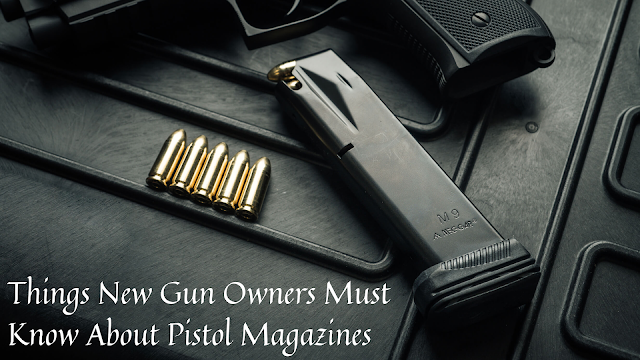Top Reasons to Choose a Bolt Assembly Action Rifle
A bolt assembly for a gun that includes a bolt head and a bolt carrier
and is movably arranged in a weapon housing is described. To modify the
handgun, so that spent cartridge casings eject in the desired direction, the
bolt head can be alternately inserted in at least two places in the weapon
housing. When the bolt assembly is being returned, an extractor attached
laterally to the bolt or bolt head pulls a cartridge casing from the weapon
housing's barrel. An ejector built into the bolt mechanism then removes the
cartridge casing from the bolt assembly after it has been extracted from the
barrel.
Some of the most often used weapons are rimfire rifles in the.22
caliber, which enable owners to hunt, plink, practice, and introduce friends
and family to shooting. Bolt action and semi-automatic are the two most popular
action types and configurations for rifles chambered in.22 Long Rifle.
The Mechanism of Bolt Assembly Action
The bolt's functions include supporting the cartridge case head during loading and unloading, locking the breach during a fire, and loading and unloading the chamber. When you pull the trigger on a semi-automatic gun, the cycle of operation, which includes feeding, chambering, locking, firing, extracting, ejecting, and cocking, is completed automatically.
In contrast, the shooter of a bolt-action rifle must manually operate
the bolt in between rounds, usually by pulling on a bolt handle on the side.
Turn bolt and straight pull are the two primary categories under which
bolt-action rifles fall. The turning bolt is the most used type of bolt in
rimfire rifles.
Bolt Action: Why?
You have a wide selection of .22 rifles to choose from. There are rifles in the.22 Long Rifle caliber that are bolt-action, lever-action, pump-action, single-shot, and semi-automatic.
Although there is ongoing discussion regarding the optimal type of
action, bolt-action rifles, like the well-known Ruger 10/22, do have two clear
benefits over semi-autos:
Reliability
A bolt-action rifle has fewer moving parts and is more straightforward
than a typical semi-automatic rifle, which increases its potential reliability.
Compatibility with ammo
A semi-automatic weapon may be sensitive to certain types of ammunition because
it operates on the energy produced by the fired cartridge. Manufacturers
frequently advise using a particular brand of ammo. Every kind of rimfire
ammunition can be fired from a bolt-action rifle as long as the shooter
manually cycles the weapon.
Why You Should Own a.22 Rifle
There are main reasons you should think about acquiring a.22-caliber
rifle for your collection, regardless of the type of action.
Shooting targets for fun
When they are young, many gun owners begin with a. 22-caliber pistol or
rifle. You can practice informal recreational target shooting with a rimfire
rifle. This activity is also known as plinking. You will be firing at undefined
distances or unusual targets, such as tin cans and glass bottles, while
plinking.
Using Suppressants
Even though.22 pistols and rifles are generally quieter than many
centerfire weapons, a sound suppressor may still be helpful. A suppressor can
be attached to a.22 rifles to reduce the noise it makes so that you can safely
fire it without wearing hearing protection.
Hunting small game
A centerfire hunting rifle designed for deer, such as the 6.5 Creedmoor,
can transform the animal into pink vapor if you need to hunt squirrels,
rabbits, or other varmints, depriving you of meat for the pot. For hunting
small game, the.22 Long Rifle cartridge is ideal since it effectively
dispatches varmints without sustaining too much tissue damage.
However, a more significant caliber that can pierce profoundly and
produce more lasting wound cavitation is required if you wish to hunt big game.
A.22 rifle is perfect for eradicating pests from agricultural and ranch
properties.
.png)



Comments
Post a Comment